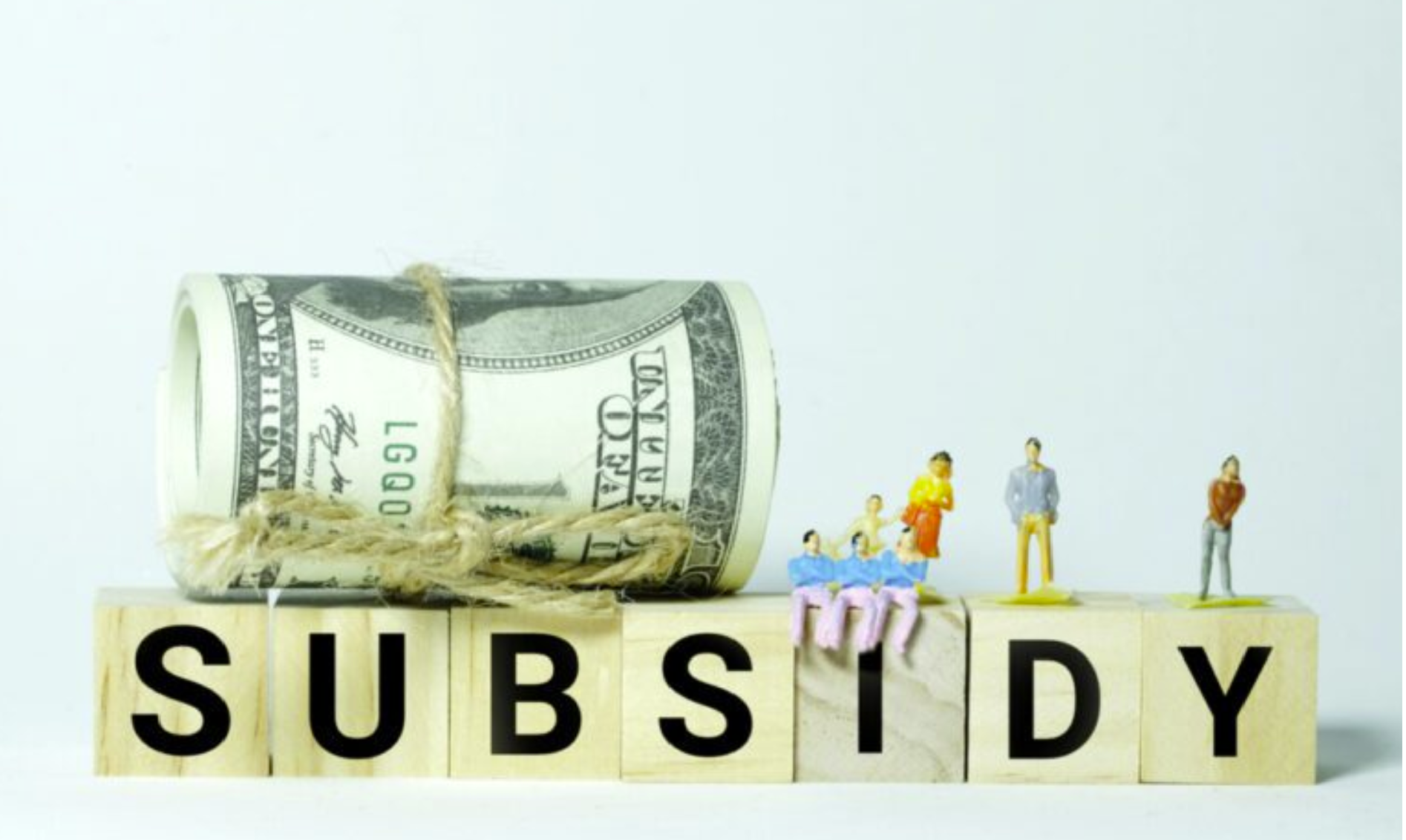If you are even vaguely interested in the state of our country’s politics, you must read Lee Drutman’s Breaking the Two-Party Doom Loop: The Case for Multiparty Democracy in America. It is the most important book on politics I have ever read.
If I were inclined to believe in such things, I would swear that James Madison has been reincarnated in the body of Lee Drutman and has come back to fix the one great omission to his constitutional structure: leaving it vulnerable to domination by two political parties.

The Founders were unanimous in their condemnation of political parties. Jefferson’s quote is probably the most famous: “If I could not go to heaven but with a political party, I would decline to go.” George Washington devoted almost a third of his farewell address to warning about the dangers of political parties and especially any that would develop on geographic alignments, as, of course, our two major parties have now done. And they specifically worried about the government becoming dominated by just two political parties. Adams stated it most succinctly:
“There is nothing which I dread so much as a division of the republic into two great parties . . this is to be dreaded as the greatest political evil under our Constitution.”
Madison, the great constitutional mechanic, argued in the Federalist Papers that creating a larger union would proliferate political parties and keep any two of them from dominating the government. Sadly, he was wrong.
Eventually, all of the Founders, with the arguable exception of Washington, succumbed to the temptation of aligning with a political party. Jefferson, who claimed he would go to hell before joining a political party, founded, along with Madison, what has evolved today into the Democratic Party.
For the entirety of the country’s existence there has been a strong anti-partisan public sentiment echoing the Founders’ condemnations. For all of my adult life, that has been my point of view. But Drutman’s first lesson is that, for all its nobility, anti-partisanship is impractical ‒ something the Founders learned almost immediately.
It is simply impossible to organize politics in a democracy, especially one as large and diverse as the United States, without people of similar beliefs associating themselves into parties. As further evidence, he points out that there are no democracies in the world that do not have political parties. Drutman’s message to anti-partisans like me is: “Get over it. Political parties are here to stay. Let’s figure out how to make them work better.”
In fact, Drutman argues the problem is not that have we have political parties, but that we do not have enough of them. It is, of course, impossible to represent the incredible diversity of interests in the United States with just two points of view. And, as I learned from Drutman, for most of the country’s history that has not been the case.
The two-party system did not achieve its current stranglehold until after the Civil War. Before that there was a churning of political parties, with various groups rising and falling in popularity. The Whig, Republican, Democrat, National Republican, Free Soil, Anti-Masonic and various factions of the Democratic-Republican parties competed for dominance. Even during the golden age of the two-party system (1940-1980), Drutman argues that there were really four parties with both the Republican and Democratic parties having their conservative and progressive factions.
Something else I learned from his book is that America’s two-party system is an outlier in the world. Most democracies have multiple political parties. And in those countries, their citizens’ satisfaction with and trust in the governments is much higher than in the United States and they have greater voter turnout.

Drutman recites the statistics familiar to most of us about how dissatisfied Americans are with their government today. Distrust in the government has never been higher. Voting turnout is still among the lowest in the world. And never have fewer Americans been willing to identify with either of our two parties.

We are stuck, as Drutman so aptly describes it, in a doom loop where each election is “the most important election of our lifetime” because the choices represent increasingly divergent and extreme views of the world.
Drutman lays out a number of specific reforms which he believes would result in a multi-party democracy that would moderate the country’s politics and lead to greater citizen involvement and satisfaction with our government. Of course, he recognizes that breaking the current duopoly’s stranglehold on the political process will not be easy. But at the end of the day, what is the alternative?
The Founders worried that an alignment of the country into two parties would eventually lead to despotism. That is something that I have never thought possible in this country. But given recent events, I think we have to take their warning more seriously and resolve to no longer allow our two entrenched parties to threaten the great legacy they left us.





